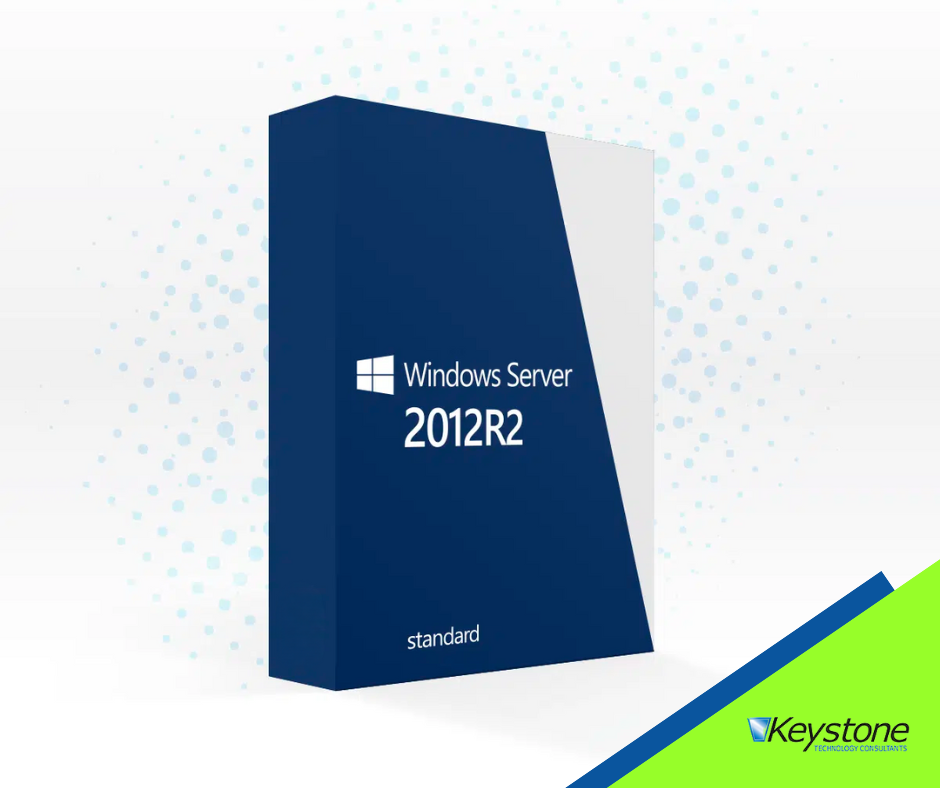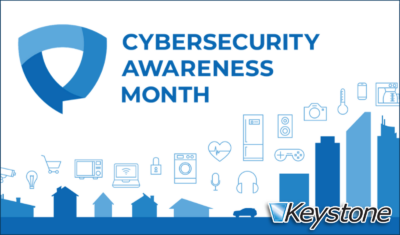Technology is constantly evolving, and as new innovations emerge, older systems must eventually sunset to make way for the future. One such system is Windows Server 2012 R2, a popular operating system that has faithfully served businesses and organizations for several years. However, all good things must come to an end including Windows Server 2012 R2 which is reaching its End of Life (EOL) stage on October 10, 2023. Let’s explore what EOL means, how to prepare for the transition, and alternative options to consider.
Understanding EOL
End of Life (EOL) signifies the point at which an operating system is no longer supported by its manufacturer. In this case, Windows Server 2012 R2 is no longer supported by Microsoft. Microsoft will cease to provide regular security updates, bug fixes, and technical assistance for this particular version. While the software will continue to function, its vulnerability to new security threats and compatibility issues will increase over time. Find more information about EOL here.
Safety is Risked When Systems Aren’t Updated
Preparing for the transition from Windows Server 2012 R2 is crucial for several reasons. Safety is the primary concern. Without regular updates and patches, the system becomes vulnerable to new security threats that emerge after the EOL date. This puts sensitive data and infrastructure at risk. Additionally, software vendors and developers may stop providing support for their applications on an outdated operating system, limiting access to new features and updates.
4 Steps for Planning this System Transition
To prepare for the EOL of Windows Server 2012 R2, consider the following steps:
- Assess your infrastructure: Take inventory of all the servers running Windows Server 2012 R2 in your organization. Determine their roles, dependencies, and any potential compatibility issues with newer operating systems.
- Explore migration options: Microsoft offers several migration paths, such as upgrading to a newer version like Windows Server 2019 or considering a move to the Cloud with platforms like Microsoft Azure or other Cloud service providers. Evaluate the benefits, costs, and requirements of each option to determine the best fit for your organization.
- Plan and test: Develop a migration plan that outlines the necessary steps, timeline, and potential risks. Test the migration process in a controlled environment to identify and address any issues before implementing it in your production environment.
- Backup and data migration: Prioritize data backup to ensure its safety throughout the migration process. Consider the best approach to migrate your data to the new operating system or Cloud environment, ensuring its integrity and accessibility.
Alternatives to Windows Server 2012 R2
If you decide to move away from Windows Server 2012 R2, here are some alternatives to consider:
- Upgrade to a newer version: Windows Server 2022 is the latest version available, offering improved security, performance, and management tools. Evaluate its features and compatibility with your existing infrastructure.
- Embrace Cloud solutions: Migrating to a Cloud platform like Microsoft Azure or other Cloud service providers offers scalability, cost savings, and a wide range of additional services. Explore the benefits and requirements of Cloud migration for your organization.
Contact Us
As Windows Server 2012 R2 approaches its End of Life, it’s essential to prepare for the transition to a supported operating system or Cloud platform. By assessing infrastructure, exploring migration options, planning meticulously, and ensuring data integrity, it’s possible to navigate this process smoothly. Contact us with questions or for a helping hand in sunsetting Windows Server 2012 R2.




